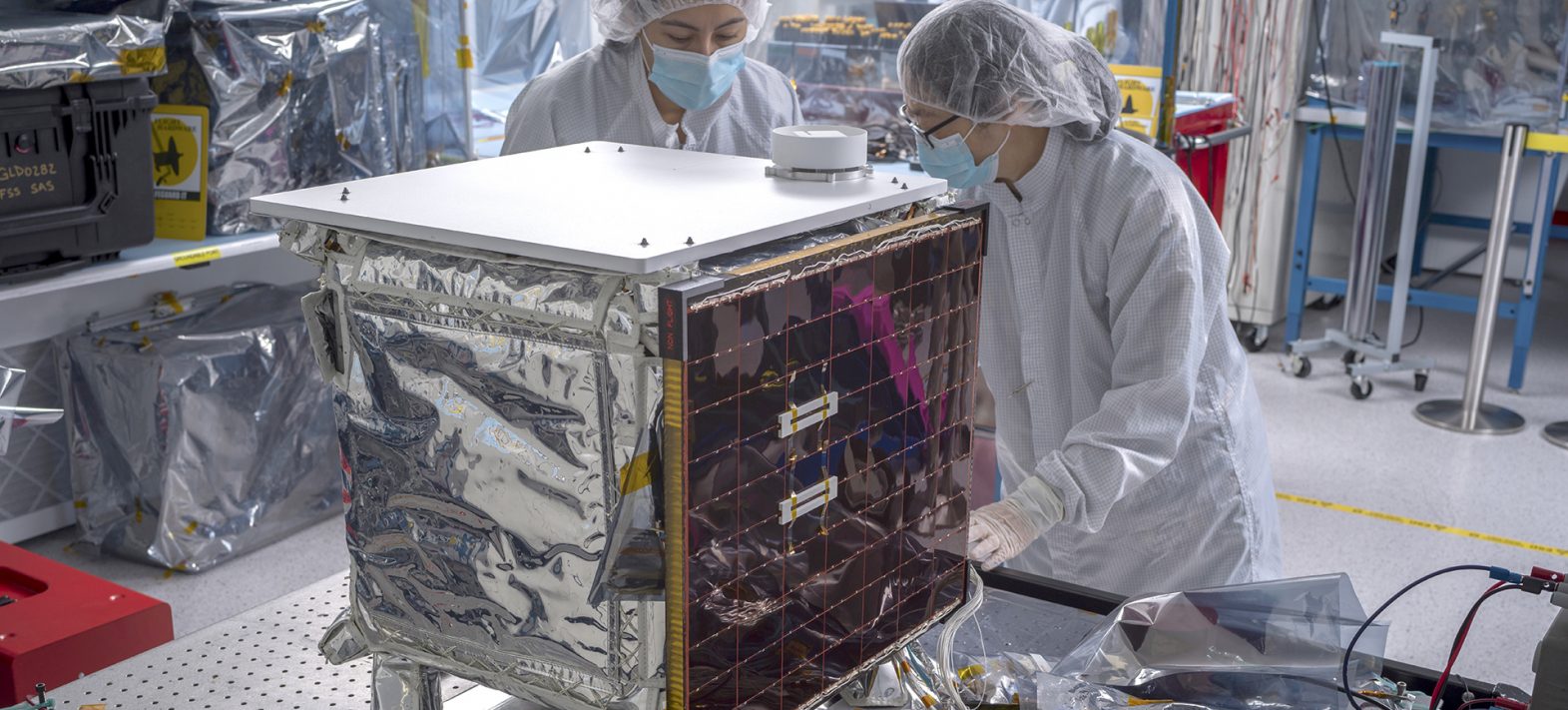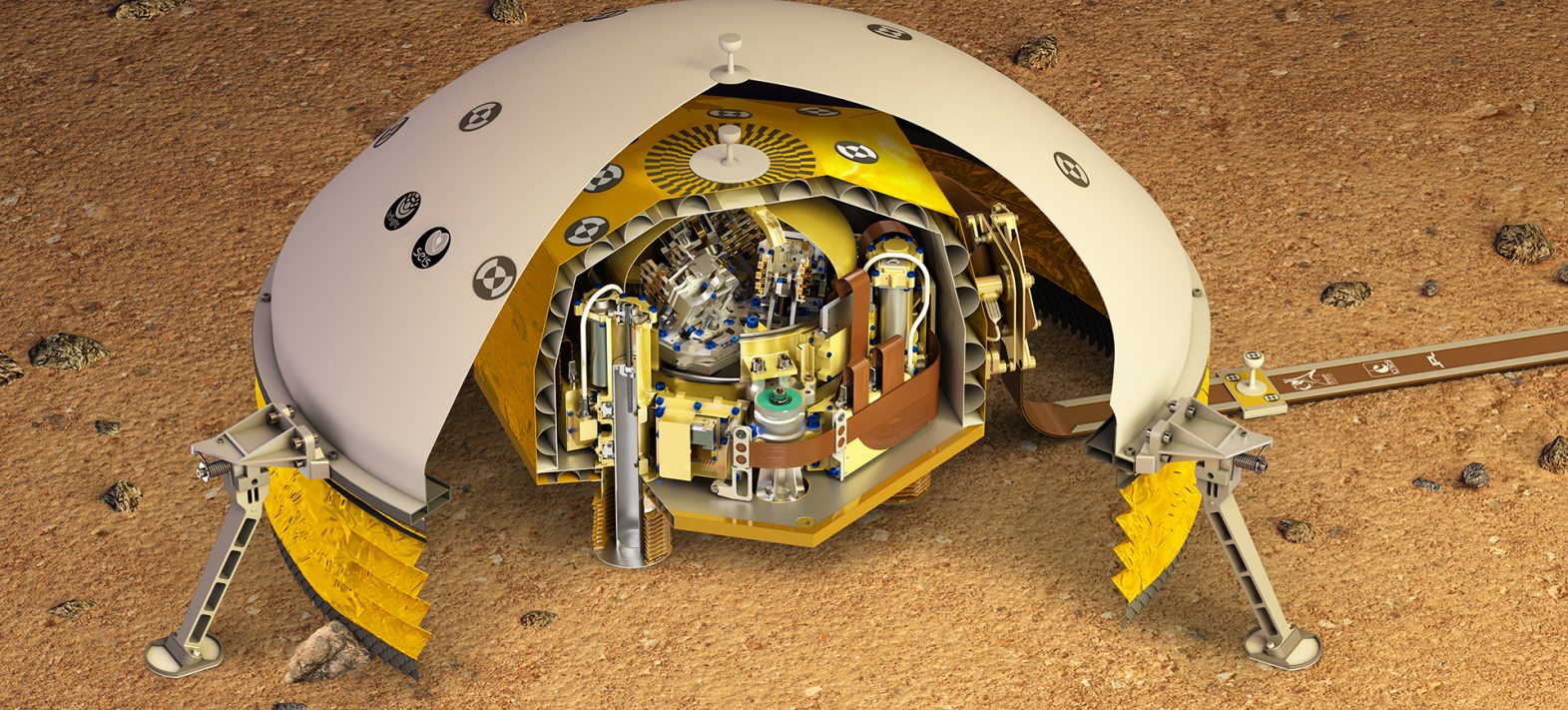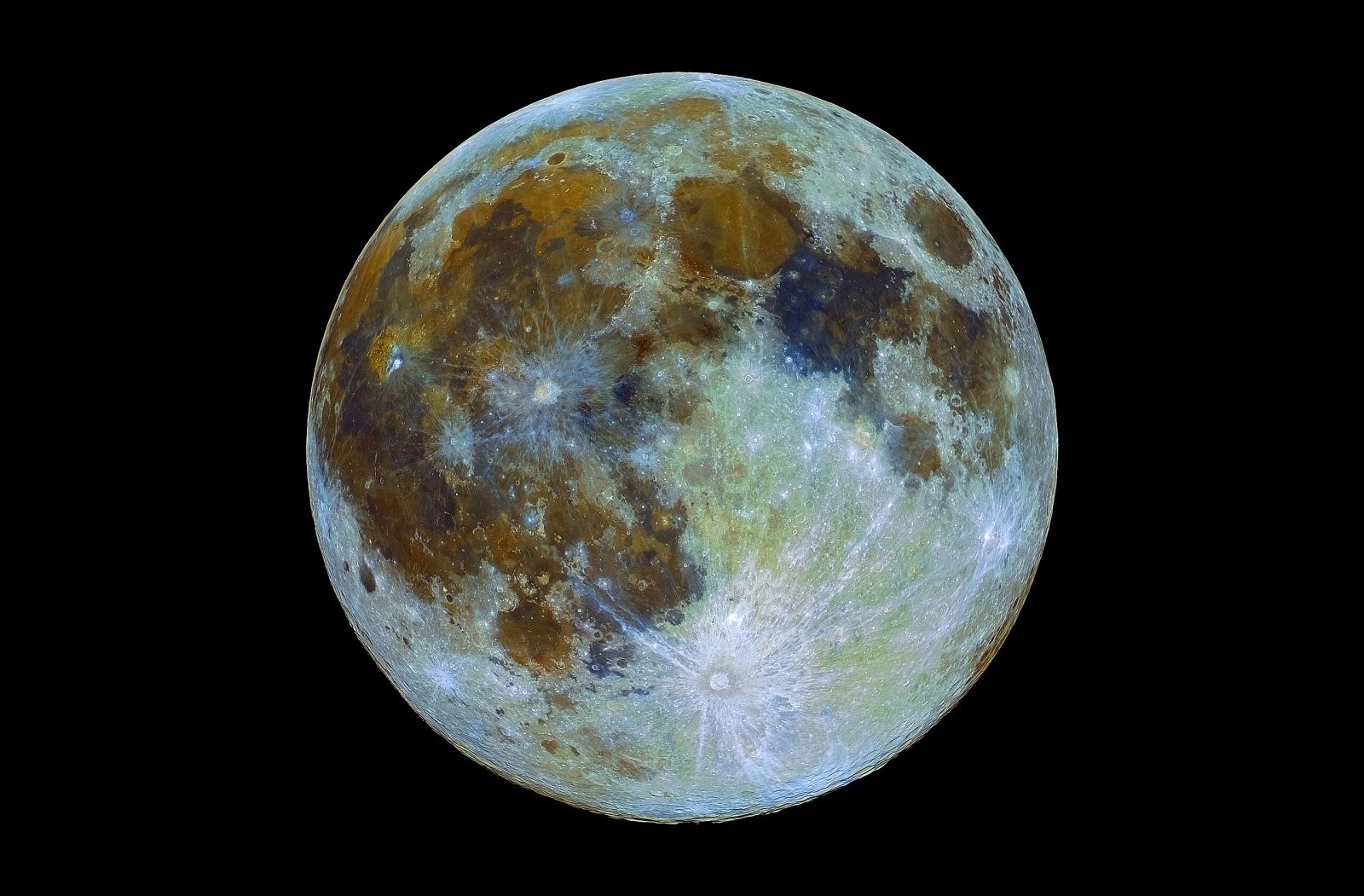Follow us on Google News (click on ☆)
This set of autonomous instruments, powered by solar energy, features its own computing and communication equipment, and includes a system to protect against the extreme heat of the lunar day and the freezing conditions of the night.
First seismic events on the Moon
After being delivered to the surface by a lunar lander as part of NASA's Commercial Lunar Payload Services (CLPS) initiative, FSS will send back the first seismic data from the Moon since the Apollo program's seismometers were operational nearly 50 years ago. It will also provide the first seismic measurements of the Moon's far side.
Up to 30 times more sensitive than its Apollo predecessors, the FSS instrument will record the Moon's background seismic activity, triggered by micrometeorites the size of small pebbles striking the surface. Quantifying these impacts will improve safety measures for future Artemis astronauts.
Planetary scientists are eager to discover what FSS will reveal about the Moon's internal activity and structure, enhancing our understanding of its formation and evolution, as well as that of rocky planets, including Earth.

The technology of the two seismometers comprising NASA's Farside Seismic Suite has detected over a thousand quakes on the Red Planet.
The most sensitive instrument ever built to measure quakes and meteorite impacts on planets other than Earth is preparing for the mysterious far side of the Moon.
This is one of the two seismometers adapted for the lunar surface, developed from instruments initially designed, notably at IPGP, for NASA's InSight Mars lander, which recorded more than 1,300 Martian quakes before the mission ended in 2022.
It will also address a lingering question about Moonquakes: why did the Apollo instruments detect little seismic activity on the far side? One possible explanation could be that something in the deep structure of the Moon dampens most far side quakes, making them harder to detect by the Apollo seismometers stationed on the near side. Another reason could be that there are fewer quakes on the far side, which looks very different on the surface compared to the near side visible from Earth.
"FSS will provide answers to questions we've had about the Moon for decades," said Mark Panning, principal investigator of the FSS mission at JPL and scientist on the InSight project. "We are eager to start receiving this data".
Science from Mars to the Moon
The two complementary instruments of the Farside Seismic Suite are inherited from the InSight mission and adapted to operate in lunar gravity—less than half of Mars's gravity, which itself is about a third of Earth's gravity.

The SEIS seismometer from the Mars InSight mission.
They include a battery, a computer, and electronic components housed inside a cubical structure surrounded by insulation and enclosed in an outer protective box. Mounted atop the lander it's meant to outlast, the FSS suite will collect data continuously for at least 4.5 months throughout the long and cold lunar nights.
The Very Broad Band (VBB) seismometer is the most sensitive seismometer ever built for space exploration. It can detect movement as small as a single hydrogen atom. It is a large cylinder about 5.5 inches (14 cm) in diameter that measures up-and-down movements using a pendulum held in place by a spring. It was originally built as a "flight spare" instrument for the InSight mission by CNES. The French team nicknamed the VBB enclosure "the camembert" because its proportions are similar to the cheese of the same name.
Philippe Lognonné of the Institut de Physique du Globe de Paris (IPGP), principal investigator for the InSight seismometer and professor at Université Paris Cité, is a co-investigator for the FSS project and responsible for the VBB instrument. "We have learned a lot from this instrument, and we are thrilled to be able to use this experience to uncover the Moon's mysteries," he said.
The smaller seismometer of the suite, called the Short Period sensor (SP), was built by Kinemetrics in Pasadena, California, in collaboration with the University of Oxford and Imperial College London. This thick disk-shaped device measures movements in three directions using microscopic sensors placed on three square silicon chips, each about 1 inch (25 mm) wide.
Steps away from expedition
The FSS payload was assembled at JPL over the past year. In recent weeks, it has undergone rigorous environmental testing under vacuum conditions and extreme temperatures simulating those of space, as well as strong vibrations mimicking the rocket's movement at launch.
"The JPL team has been excited from the start to go to the Moon with our French colleagues," said Ed Miller, FSS project manager at JPL and, like Panning and Lognonné, a member of the InSight mission. "We went to Mars together and now we will be able to look at the Moon and know we built something there. We will be very proud of that."
NASA has also recently selected another long-lasting seismic device that astronauts might eventually deploy at the Moon's South Pole. FSS could become a link in a potential global lunar geophysical network.
